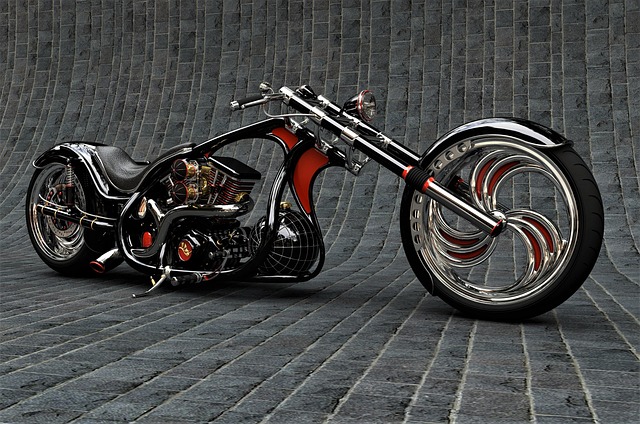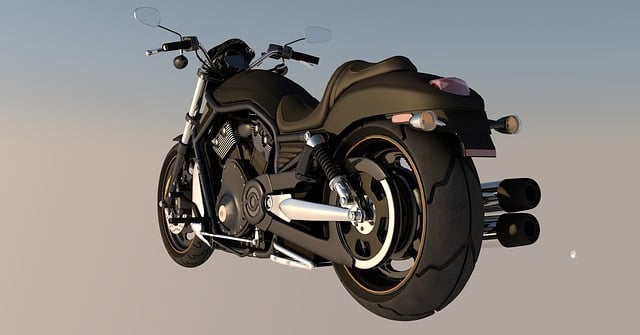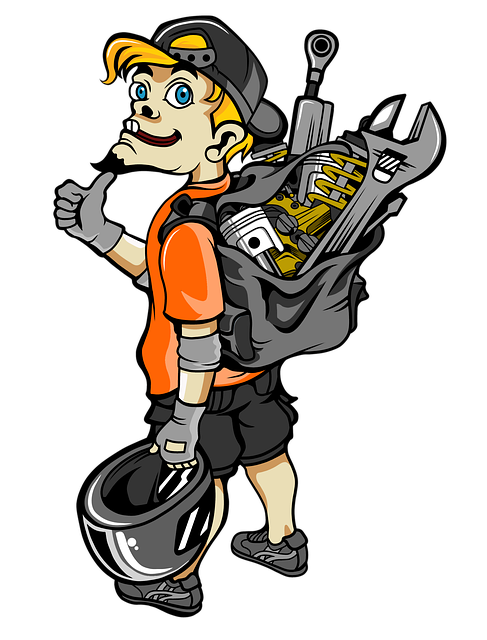Before riding select motorcycles, understand regional licensing requirements through written and practical exams testing traffic rules, safe techniques, and controls. Research local laws, focus on safety standards for diverse terrains, and choose suitable motorcycles based on skill level and personal preferences. Use beginner-friendly models for training, integrate practical skills, and consider storage solutions. Understand state-specific laws, prioritize safety with industry standards and gear, join clubs, and maintain regular renewals with vision tests and updated info.
Get licensed to ride with confidence! This comprehensive guide breaks down everything you need to know about motorcycle licensing, from understanding state requirements to choosing the right select motorcycles for your needs. Learn how to prepare for both written and driving tests, navigate state-specific laws, and ensure your safety through proper equipment and training. Finally, discover best practices for maintaining and updating your motorcycle license.
- Understanding Motorcycle Licensing Requirements
- Choosing the Right Motorcycle for Your Needs
- Preparing for Your Written and Driving Tests
- Navigating State-Specific Motorcycle License Laws
- Ensuring Your Safety: Equipment and Training
- Maintaining and Updating Your Motorcycle License
Understanding Motorcycle Licensing Requirements

Before hitting the open road on your favorite select motorcycles, understanding the licensing requirements is crucial. The process typically involves passing a written test and a practical riding exam to ensure safety proficiency. These exams assess your knowledge of traffic rules, safe riding techniques, and an understanding of your motorcycle’s controls. Different regions have varying regulations, so it’s essential to research and comply with local laws when getting licensed.
For enthusiasts interested in exploring various types of motorcycles, including enduro bikes, the licensing process remains consistent. Custom bike keychains might catch your eye, but focusing on mastering the latest motorcycle reviews and safety standards is paramount. This ensures not only a smooth ride but also instills confidence while navigating different terrains, whether it’s bustling city streets or rugged off-road trails.
Choosing the Right Motorcycle for Your Needs

When getting licensed to ride, choosing the right motorcycle is a crucial step. It’s essential to consider your experience level, riding style, and intended use. For beginners, it’s best to start with a standard or cruiser motorcycle, as they offer a comfortable seating position, easy handling, and reliable performance. These bikes are also more forgiving in various driving conditions, ensuring a safer learning experience.
As you gain confidence and expertise, you might want to explore other options like sportbikes for speed enthusiasts or custom motorcycle builds for those seeking unique designs. High-performance bike tuning is another aspect to consider if you’re aiming for optimal speed and handling. However, always remember that the right motorcycle should align with your specific needs and preferences, making your riding experience enjoyable and safe.
Preparing for Your Written and Driving Tests

Preparing for your written and driving tests is a crucial step in becoming licensed to ride. When selecting motorcycles for your training, opt for models that align with your learning goals. Many schools offer beginner-friendly bikes designed for control and stability, which can help you build confidence before progressing to more advanced vehicles. These often come equipped with features like low seat heights and easy-to-use controls, making them ideal for mastering the fundamentals of riding safely.
As you prepare, consider integrating practical skills like custom bike painting or vintage motorcycle restoration into your learning experience. Luggage storage solutions are also important to explore, as they can enhance your comfort and safety during longer rides. By combining theoretical knowledge with hands-on applications, you’ll not only be better equipped for your tests but also gain a deeper understanding of motorcycles and their diverse uses.
Navigating State-Specific Motorcycle License Laws

When getting licensed to ride a select motorcycle, understanding state-specific laws is crucial. Every US state has its own set of requirements and regulations for motorcycle licensing, which can vary significantly from one place to another. This means that what works in one state might not apply in another. For instance, some states require you to pass a basic training course before obtaining a license, while others have different age restrictions or testing procedures.
Navigating these laws involves researching the specific requirements of your state and ensuring compliance. A motorcycle tire pressure guide, for example, could be an essential tool to meet safety standards. Moreover, understanding electrical safety for bikes and leveraging modern motorcycle technology can enhance both your riding experience and adherence to legal obligations. By staying informed about these nuances, you can ensure a smoother process in getting licensed to ride the select motorcycle of your choice.
Ensuring Your Safety: Equipment and Training

Before hitting the road on your new ride, ensuring your safety should be at the forefront of your mind. This begins with the right equipment and training for your selected motorcycle. For instance, a well-maintained helmet that meets industry standards is non-negotiable, offering crucial protection in case of accidents. Additionally, investing in high-quality gear like gloves, boots, and protective clothing can significantly reduce the risk of injuries.
Many newer motorcycles come equipped with advanced safety features such as anti-lock braking systems (ABS) and traction control. Understanding how these work and mastering their application during driving will enhance your overall safety on the road. Furthermore, considering joining a vintage motorcycle club or exploring off-road motorcycle upgrades can provide invaluable hands-on experience in handling different types of bikes and navigating varied terrains. Always prioritize safety by staying current with your bike’s maintenance, especially its electrical systems repair, to guarantee optimal performance and reliability.
Maintaining and Updating Your Motorcycle License

Keeping your motorcycle license up-to-date is an essential part of responsible riding. To maintain your license, regular renewals are necessary, typically every few years, depending on your region’s regulations. During renewal, ensure you meet all the requirements, including vision tests and updating any personal information. It’s also a good moment to review your skills, as some jurisdictions may mandate periodic retesting or training to demonstrate proficiency.
Additionally, staying current with bike maintenance tips is crucial for both safety and legal compliance. This includes keeping your motorcycle in excellent condition, especially critical components like brakes, tires, lights, and fluids. Regular checks and services ensure optimal performance and longevity of your machine. Even small tasks like cleaning and inspecting your chains or checking the state of your waterproof motorcycle jackets can significantly impact your riding experience and safety, so make these a part of your routine maintenance regimen alongside selecting motorcycles that suit your needs and preferences.
Getting licensed to ride is a significant step towards enjoying the freedom and thrill of motorcycle ownership. By understanding your state’s licensing requirements, selecting the right motorcycle, preparing thoroughly for tests, and prioritizing safety through proper equipment and training, you’re well on your way to navigating the roads confidently. Remember to stay informed about local laws and maintain your license up-to-date. When choosing a motorcycle, consider your specific needs and preferences, ensuring you select a select motorcycles that suits your riding style and skill level. With dedication and responsible practice, you’ll not only pass your tests but also embrace the open road with a sense of freedom and purpose.
